It’s been some time since my last book review, not that I haven’t been reading in between. I’ve waited years for Amy Tan to come up with a new novel and it’s finally here – The Valley Of Amazement. There’s nostalgia aplenty in Amy Tan’s books, especially for those born in the earlier half of the 20th century. Her heroines are Chinese or half-Chinese and in this latest novel, the protagonist is Violet who is the daughter of a Chinese father and an American mother.
The book spans from the close of the 19th century to the 1920s, set in Shanghai, a small village called Moon Pond and San Francisco which was home to Violet’s mother, Lucretia/Lucia or Lulu as she is known in Shanghai. San Francisco is where Violet’s parents met but the book starts from Shanghai when Violet was around 7 years old. Lulu runs a 1st class courtesan called Hidden Jade Path or the House of Lulu Mimi. It caters to Asians and Caucasians and Lulu is more than a madam, she is also a deal broker.
As the story is set in the courtesan world, one can expect a lot of erotica like how the budding courtesan is prepared for her defloration and thereafter. Violet is brought to the Hall of Tranquility by her mother’s lover who tricked Lulu into boarding a ship to San Francisco. Lulu is led to believe that her daughter is dead which brings about a string of tragedies for Violet as she adjusts to life in a 1st class courtesan house.
There’s a big difference between a brothel and a 1st class courtesan house as courtesans require courting/wooing. A suitor must first ply the courtesan with gifts and attention before getting down to business. A courtesan may be booked for a night, a season or several seasons and even up to a year as Violet was with her first client.
As with every Amy Tan novel, descriptions of places and even rooms are lush. I can see in my mind how lively and colourful a 1st class courtesan house in Shanghai must have been and the dalliances that went on a daily basis in those establishments.
My favourite part in this novel is Chapter 4 entitled “Etiquette For Beauties Of The Boudoir” where the veteran courtesan, Magic Gourd (formerly known as Magic Cloud) instructs Violet on “how to become a popular courtesan while avoiding cheapskates, false love and suicide”. Magic Gourd is well versed in the arts of the boudoir as she was one of the Top Ten Beauties of Shanghai by the time she was 19.
Men are known by quirky names like Loyalty Fang, Mansion, Perpetual, Eminent Tang, Unison Pan and Perceptive Lu. These men often throw parties which require courtesans to be in attendance, much like geishas in Japan. The courtesans will b asked to sing, dance, recite poems or stories. They aren’t expected to partake of the cuisine unless requested by the host or his guests. Their primary function is to entertain and serve wine.
Magic Gourd is a 1st class teacher as she guides Violet through the intricacies of the flower world. Some of the erotic pleasures men will enjoy are known as “Swimming with Goldfish”, “Tasting the Watermelon”, “Climbing Higher on the Peach Tree”. I can’t imagine what these may be and I am sure in those days, courtesan houses must have had guides or manuals to instruct new recruits.
Forget Tyra Bank’s “Smize”. Magic Gourd trains Violet how to “Float Together in Ravishment”. Look at the man with a longing gaze, then let your eyelids fall halfway closed again, look as if you have entered paradise together, let your mouth relax, let your lips part. Close your eyes, breathe quickly, say “Ah!” with ecstasy.
Another interesting instruction from Magic Gourd is “Four Ways To Destroy Your Career”. Of course, it’s important for a courtesan not to get pregnant and the contraceptives in those days did not include condoms! They had versions of the “morning after” pill which must have been just as effective!
Violet becomes quite attached to her first client who was the highest bidder for her defloration. However, the man is a regular patron at other courtesan houses and is unable to offer her more than a business transaction. This leads her to seek out other patrons for love which leads to disaster. She finds short-lived happiness with an American and bears his daughter but the child is snatched away to the US when she is just 3 years old. Eventually Violet is tricked by one patron into leaving Shanghai, marrying him and going to his village which is an arduous journey by cart hundreds of miles from Shanghai.
I won’t go onto all the details here as I don’t want to give too much away. I did enjoy reading this book although there are a few typographical errors. The second half of the book is a flashback to Violet’s mother’s teenage years in San Francisco and how she ended up in Shanghai. Most of the characters are flawed including Violet. I fail to see how someone as smart and savvy as her could have been tricked by a wannabe poet into leaving glitzy Shanghai and ending up in a rural village and suffering for her gullibility. However, she isn’t the first courtesan to be tricked by the sweet words of the wannabe poet, there have been predecessors.
Compared to her mother, Violet seems to be less resourceful otherwise she wouldn’t have accepted the wannabe poet’s offer of marriage. She didn’t love him yet she decided to throw in her lot and move from a relatively comfortable life in Shanghai to deprivation in a village where the purse strings were controlled and she gave all her savings and jewelry to wannabe poet for safe-keeping before moving to his village. Bad mistake!
In case anyone is wondering, the title of the novel refers to a painting by Violet’s father, Lulu’s erstwhile lover. In the 19th century, a Chinaman dressed in Mandarin robes with a pigtail must have been the epitome of exotic Asia and Lulu fell in love with him while he was a guest in her family home. His character is rather spineless as he is the eldest in his family and couldn’t stand up to his family enough to get Lulu accepted as his wife even though she was pregnant. He describes himself as a “mediocre painter” in a letter to Lulu and he is exactly that as all his paintings are reproductions.
Some parts of the story seem implausible such as why Lulu decided to give up asking for her son who’d been taken away to San Francisco when he was just a few days old. Her son was in the same city as her when she moved back to San Francisco yet she didn’t want to know where he was even though she had the opportunity. She would rather pine for a daughter who was supposedly dead than look for a son who was very much alive.
Will Violet find happiness in the end? With whom? Will she be reunited with her mother and daughter? The premise of this story is the bond between mother and daughter, i.e. between Violet and her mother and Violet and her daughter. Violet is separated from her mother and her daughter by a vast distance for more than a decade. Will they be able to reconcile after all the hardships Violet has experienced? Read this quite engrossing novel to find out.

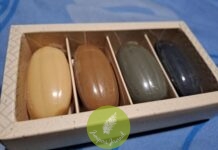






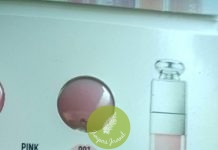



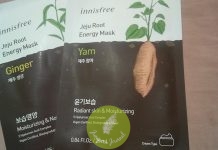




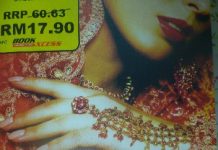















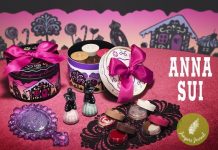
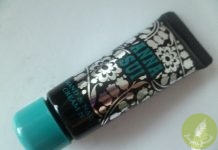
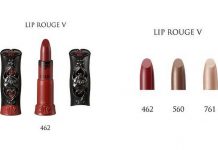


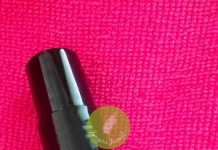










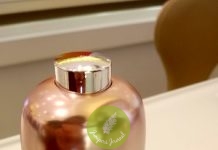

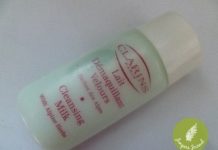
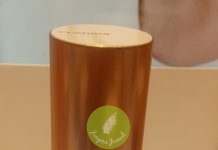




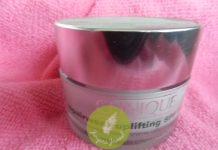





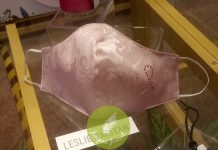
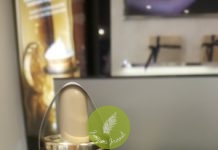
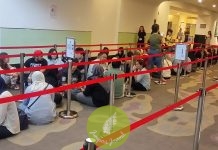
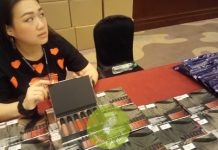
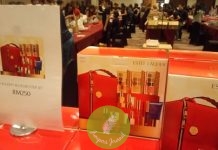



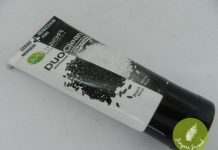

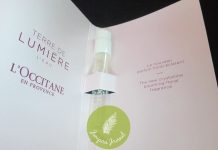
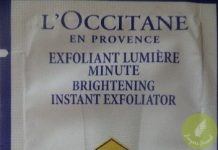
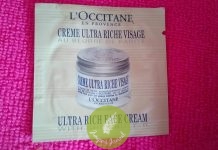














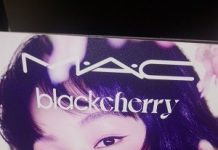
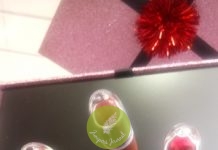

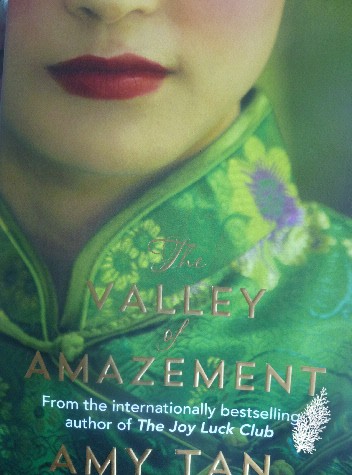









Oh, sounds like the book is for adult since it contains erotic things.
Yuo, I reckon it is. Not so suitable for those under 21 altho I am sure some books for teens have far more erotic scenes.